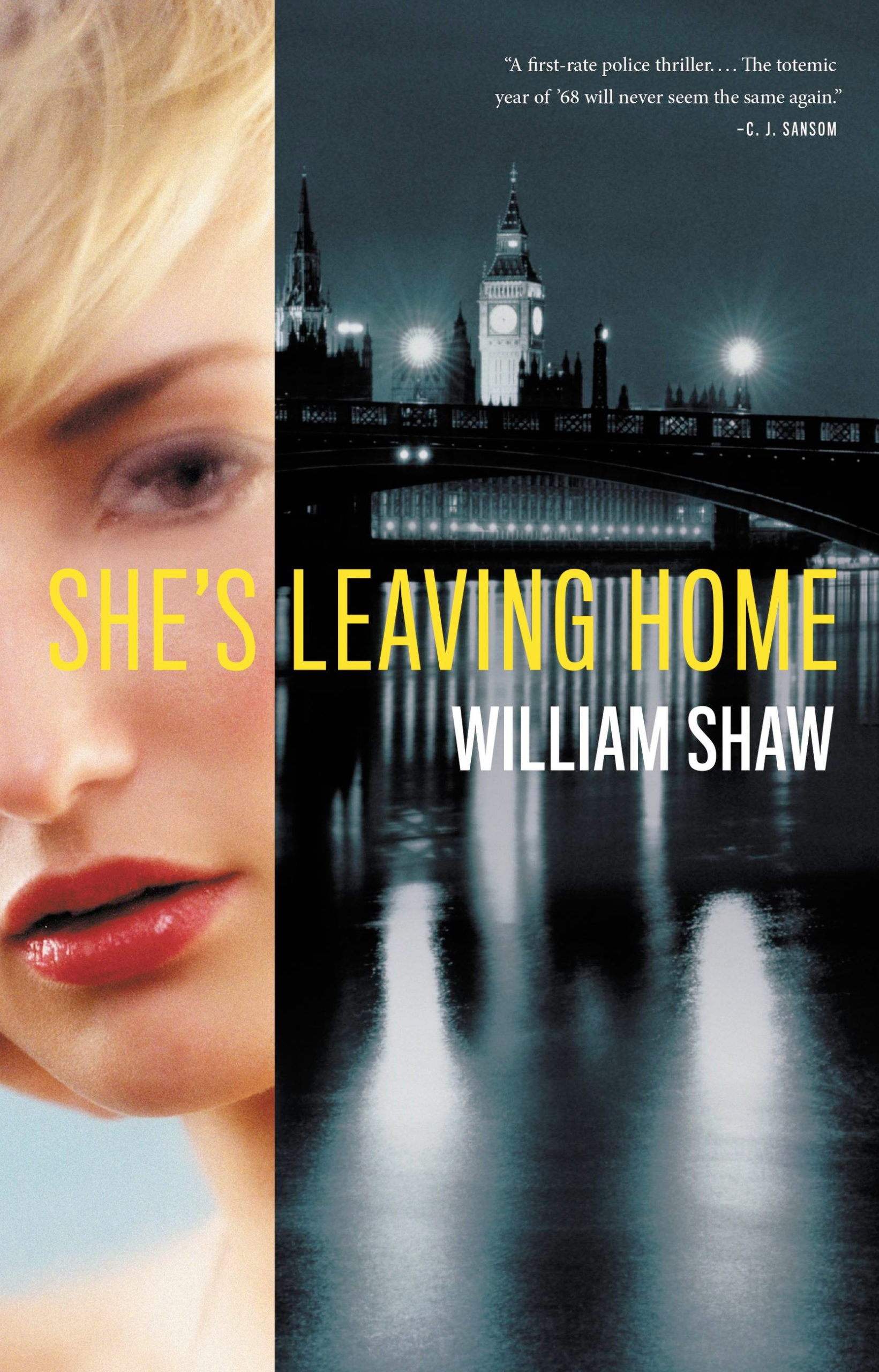
Imagine Raymond Carver and Nick Hornby collaborating on an episode of PRIME SUSPECT set in 1968. Not (for the most part, anyway) in the Technicolor London of Carnaby Street and King’s Road, but in a grim, gray postwar London pockmarked with bomb sites and reeling from waves of immigration from Britain’s former colonies.
Shaw’s protagonist, Detective Sergeant Cathal “Paddy” Breen, is himself the son of Irish immigrants, and an outsider in nearly every way–unmarried, unambitious, alienated by the brutish, racist, and sexist behavior of his fellow CID officers, and a generation away from the glittering denizens of Swinging London. Stunned by the death of his father, whom he nursed through his long final illness, Breen finds himself behaving in unexpected ways–fleeing a crime scene, nauseated by violence, unable to control his emotions.
To redeem himself, Breen takes on the case of a murdered teenage girl who was found a few blocks away from EMI’s Abbey Road studios. Assigned to assist him is newly arrived Temporary Detective Constable Helen Tozer, whose status as a female detective is regarded by the rest of the squad as mildly ridiculous.
Tozer is talkative where Breen is laconic, tuned-in to pop culture where he is uninterested, energetic where he is plodding, rural where he is urban. Yet each recognizes in the other intelligence and curiosity and an eye for particulars. Their scenes together light up the page.
All the characters shine: Bailey, the hapless, intimidated CID superintendent; the surly owner of the bagel shop down the street from Breen’s flat; the aggrieved occupants of the housing block overlooking the crime scene. Even the most incidental characters are fully formed and carry the weight of their personal histories.
More than that, they carry the weight of the historical moment, from the rise of the counterculture to the civil war in Biafra, from assassinations in the US to government scandal in Britain. Shaw makes these cultural conflicts personal for all of his characters, adding political heft that takes the novel beyond mere entertainment. And, speaking of the historical moment, his period details are flawless.
The writing throughout is restrained and focused on specifics, as in this description of the squad room: “The morning light filtered through the canvas blinds. Olivetti typewriters filled with triplicate forms, white on top, yellow in the middle and pink underneath. The picture of the Queen. Blackstone’s Police Manual and Butterworth’s Police Procedure. Green enamel lampshades hanging from the ceiling, comfortably coated in dust.” And the dialog is even better. Sharp, rapid fire, full of double entendre and personal quirks, frequently going in multiple directions at once.
The novel is brutally realistic in language and events, and the constant twists and turns of the plot make for relentless suspense. As the mood shifted from dark comedy to heartbreak and back again, my emotions were as fully engaged as my intellect. SHE’S LEAVING HOME is ultimately satisfying as a mystery while leaving the fates of Breen and Tozer unresolved. The last two paragraphs, in fact, were so ineffably sad that I was only consoled by the knowledge that this is the start–and what a start–of a series.
Thanks and a tip of the auld titfer to Steve Pease, a man who knows his way around a novel or a guitar.




